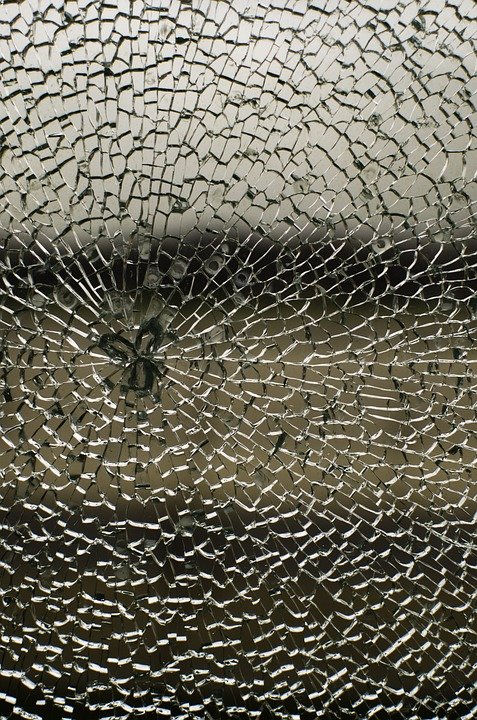
The human skeleton is a complex and intricate structure that provides support, protection, and movement for the body. Made up of 206 bones, the skeleton is a vital part of the human body and plays a crucial role in maintaining overall health and well-being. Despite its importance, many mysteries surrounding the human skeleton remain unknown to the general public. In this article, we will uncover some of these mysteries and explore the fascinating world of the human skeleton.
One of the most intriguing aspects of the human skeleton is its ability to adapt and change over time. From birth to old age, the skeleton undergoes a continuous process of growth, development, and remodeling. During childhood and adolescence, the bones grow and lengthen, allowing the body to increase in size and stature. As we age, the bones begin to lose density and strength, leading to conditions such as osteoporosis and arthritis. Understanding how the skeleton changes throughout the lifespan can help us better care for our bones and prevent age-related diseases.

Another mysterious aspect of the human skeleton is its unique structure and design. Each bone in the body is uniquely shaped and positioned to perform specific functions. For example, the skull protects the brain, the ribcage shields the heart and lungs, and the spine supports the body’s weight and allows for movement. The bones of the skeleton are connected by joints, ligaments, and muscles, creating a complex system that enables us to perform a wide range of movements and activities. By studying the structure and function of the skeleton, scientists and healthcare professionals can gain valuable insights into how the body works and how to treat various musculoskeletal disorders.
The human skeleton is also a storehouse of information about our evolutionary history. By examining the bones of ancient humans and comparing them to modern humans, researchers can trace the development of the skeleton over millions of years. Through the study of fossils and skeletal remains, scientists have been able to uncover important clues about how our ancestors lived, evolved, and adapted to their environments. These discoveries have shed light on the origins of bipedalism, the development of tools and technology, and the spread of early human populations around the world. By unlocking the secrets of the human skeleton, we can gain a deeper understanding of our shared evolutionary heritage and the diversity of the human species.

In addition to its role in movement and support, the human skeleton also plays a critical role in the production of blood cells. Within the bones of the skeleton, a soft tissue called bone marrow produces red blood cells, white blood cells, and platelets. These blood cells are essential for carrying oxygen, fighting infection, and clotting blood. Without a healthy skeleton and functioning bone marrow, the body would not be able to produce an adequate supply of blood cells, leading to serious health problems such as anemia, infection, and bleeding disorders. By studying the bone marrow and its role in blood cell production, scientists and healthcare professionals can develop new treatments for diseases such as leukemia, lymphoma, and myeloma.
In conclusion, the human skeleton is a remarkable and complex structure that holds many mysteries waiting to be uncovered. By studying the bones, joints, and tissues of the skeleton, we can gain valuable insights into how the body works, evolves, and adapts to its environment. From its role in movement and support to its contribution to blood cell production, the human skeleton is a fascinating and essential part of our anatomy. By delving deeper into the mysteries of the human skeleton, we can learn more about ourselves and the remarkable history of our species.


Discover more from Bibliobazar Digi Books
Subscribe to get the latest posts sent to your email.


